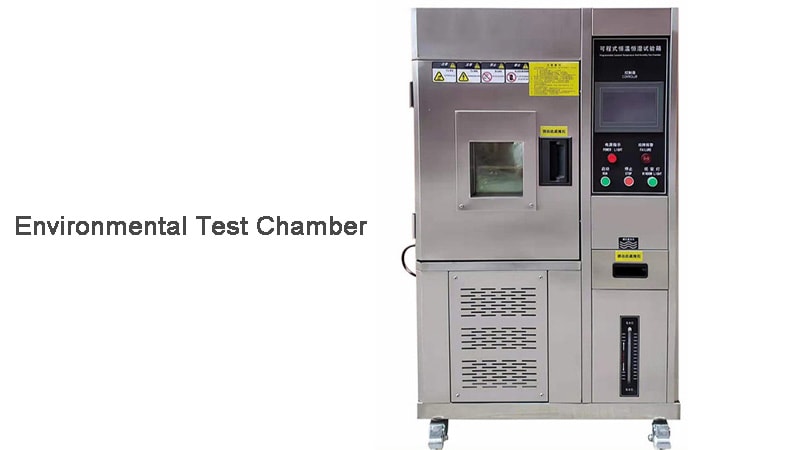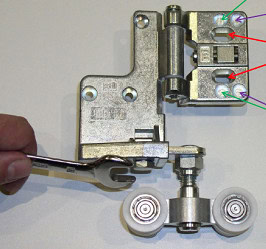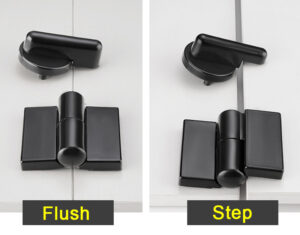Is the question “How does the environmental chamber work?” ringing in your ears? Do you find yourself scratching your head, bewildered and uncertain about the answers? Look no further! I’m here to unmask the mysteries behind the operations of this phenomenal tool.
An environmental chamber, also known as a climate chamber, is an enclosed space where environmental conditions such as temperature, humidity, and light can be controlled and regulated to test the performance or durability of a product. This sophisticated device is the unsung hero behind quality control in various industries, ensuring the resilience of products under different environmental conditions.
But why should you care about the inner workings of an environmental chamber? Well, having this knowledge will not only fuel your curiosity but also help you appreciate the meticulous effort that goes into ensuring product quality and safety. So let’s dive right in!

What Composes an Environmental Chamber?
A closer look into an environmental chamber reveals a world of precision and meticulous engineering. Temperature controllers, humidifiers, and light sources are some of the main components that give these chambers their magical powers.
Temperature controllers regulate the internal temperature to mimic various conditions, from scorching desert heat to freezing Arctic chill. They use advanced heating and cooling systems and sensors to monitor and adjust the temperature as per the requirement.
Humidifiers control the moisture level in the chamber. They work by releasing water vapor into the chamber to increase humidity or using dehumidifiers to reduce it. The balance of humidity is crucial as it can significantly impact the product’s performance and durability.
Light sources in an environmental chamber are not your typical bulbs. They are carefully designed to replicate different light conditions, from the subtle dawn light to the harsh midday sun. Various types of light sources such as UV, infrared, or LED are used depending on the testing requirements.
What Role Does the Control Panel Play?
A control panel, the brain of the environmental chamber, plays a key role in its operation. It’s where the magic truly happens! This panel is used to input desired conditions and monitor ongoing tests.
Controllers are the key components of the control panel. They are programmed with specific algorithms that help maintain desired conditions inside the chamber. The controller gets feedback from the sensors, which monitor the conditions inside the chamber. If the conditions deviate from the set parameters, the controller will intervene by adjusting the heating, cooling, or humidifying components to achieve the desired environment.
Modern environmental chambers come with user-friendly interfaces on their control panels, making it easier to set parameters and monitor ongoing tests. This kind of thoughtful design not only simplifies the process but also increases the efficiency of the tests conducted.
How Is Testing Performed?
Once the desired conditions are set via the control panel, the actual testing begins. Samples or products are placed inside the chamber, and the conditions are adjusted to the set parameters.
As the test progresses, the environmental chamber simulates different conditions to stress-test the products. This could include fluctuations in temperature, humidity, or light intensity. The product’s reactions are recorded and analyzed to assess their performance, durability, and potential lifespan under varying environmental conditions.
The tests conducted can be short-term, lasting a few hours, or long-term, spanning days, weeks, or even months. This ensures that the product is rigorously tested to ensure high standards of quality and safety.
Are Environmental Chambers Only for Industrial Use?
While environmental chambers are predominantly used in industries like automotive, aerospace, electronics, and pharmaceuticals, their use is not limited to these areas. They are also used in research labs and universities for various types of scientific experiments.
For example, researchers use environmental chambers to study the effects of different climate conditions on plant growth. Similarly, they are used to understand how various environmental factors could impact the behavior and physiology of insects or animals.
Why Is Calibration Essential?
Without regular calibration, even the most sophisticated environmental chamber would fail to deliver accurate results. Calibration is the process of adjusting the chamber’s systems to ensure the accuracy of the test results. It involves comparing the measurements from the chamber’s systems to a known standard and making necessary adjustments.
Calibration ensures that the environmental chamber’s readings are precise and reliable, which is critical for achieving accurate and consistent test results. Typically, calibration is performed periodically, and after any significant repair or maintenance work on the chamber, to ensure that it continues to function optimally.
Conclusion
In a nutshell, the environmental chamber, through its carefully engineered components and systems, replicates diverse environmental conditions to test and validate product performance. Its precise control of temperature, humidity, and light plays a vital role in ensuring the quality and safety of various products. So next time you come across a high-quality, durable product, remember the silent workhorse that is the environmental chamber, meticulously ensuring that the product can stand the test of time… and any climate!
There you have it, folks! I hope you enjoyed this deep dive into the workings of an environmental chamber. Remember, there’s a world of curiosity waiting to be uncovered in every device we use. Stay curious and keep exploring!
You might also be interested:







